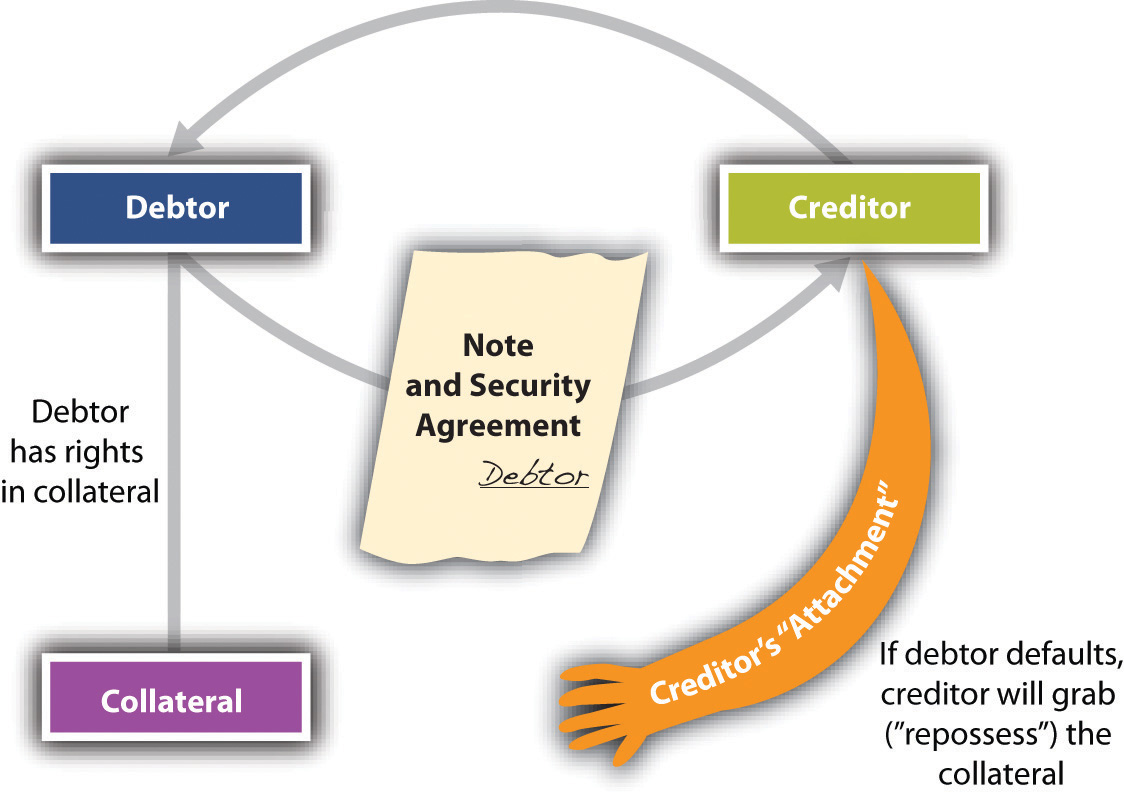
When viewing transactions, you may want to create more curated views. The table also updates dynamically if you change any of the project, environment, or date range filters or when you drill in on a latency segment (applicable when viewing the Latency Histogram). Other sets of transactions you can browse through are below.


#Transactions full
Click on the Event ID to open the event detail or the Trace ID to view the full trace. On initial load, the table displays slow occurrences of the transaction along with the Event ID, User, Operations Breakdown, Total Transaction Duration, and Timestamp of the event. User Misery is a score that represents the number of unique users who have experienced load times four times the project's configured threshold. User Misery: This graph displays the User Misery score for the transaction. This view helps you understand how the web vitals associated with the transaction are performing over time. Web Vitals: This graph displays the P75 threshold of First Paint, First Contentful Paint, Largest Contentful Paint, and First Input Delay over time. The Trends graph shows the unsmoothed data of the Display data, along with a smoothed version of that data. Trends: This graph uses a modified version of ASAP smoothing. For example, what transaction duration is the most likely for a user. This view helps you understand the spread of the transaction durations in order to determine the likelihood of different outcomes. For example, see how different the P50 and P99 response time durations are for a given transaction and understand the rate of increase between segments.ĭuration Distribution: This graph shows the volume of transactions per median duration. Also, zoom in on specific slices to investigate spikes or possible performance regressions from a release.ĭuration Percentiles: This graph shows the average transaction duration across distinct percentiles. Toggle the display of each segment by clicking on the legend (including Releases). Graphsĭuration Breakdown: By graphing P50, P75, P95, P99, and P100 durations distinctly, you can utilize this display to see their transaction performance over time. This filtering is reflected in the rest of the page, which provides you with more targeted drill-downs. While you can use the search field to narrow down your events, you can also filter by http, db, browser, and resource by toggling between operations in the "Filter" menu. For a more in-depth explanation of what’s in a transaction as it relates to traces, check out our full tracing documentation.
#Transactions how to
Learn about how to control the type and amount of transactions you send to Sentry, in Manage Your Transaction Quota. Learn more about setting transaction names in our SDK documentation.

When you click a transaction on the Performance page, it takes you to the Transaction Summary, where you can see a list of transaction events: that is, the individual instances of that specific transaction. Transactions on the Performance page are grouped by the transaction names, such as endpoint paths for backend request transactions (like /store/checkout/ or api/v2/users//) or URLs/routes for page load transactions (like ). Without transactions, you can only know when things in your application have actually gone wrong, which is important, but not the whole picture. Having transaction information lets you monitor the overall performance of your application beyond when it crashes or generates an error. With this view, you'll find graphs, instances of these events, stats, facet maps, related errors, and more.Ī transaction represents a single instance of an activity you want to measure or track, like a page load, page navigation, or an asynchronous task. Third-party Session Replay IntegrationsĮvery transaction has a summary view that gives you a better understanding of its overall health.A batch-scoped transaction that is not committed or rolled back when a batch completes is automatically rolled back by SQL Server. SQL Server operates in the following transaction modes:Įach individual statement is a transaction.Įach transaction is explicitly started with the BEGIN TRANSACTION statement and explicitly ended with a COMMIT or ROLLBACK statement.Ī new transaction is implicitly started when the prior transaction completes, but each transaction is explicitly completed with a COMMIT or ROLLBACK statement.Īpplicable only to multiple active result sets (MARS), a Transact-SQL explicit or implicit transaction that starts under a MARS session becomes a batch-scoped transaction. If a transaction encounters errors and must be canceled or rolled back, then all of the data modifications are erased. If a transaction is successful, all of the data modifications made during the transaction are committed and become a permanent part of the database.

Applies to: SQL Server Azure SQL Database Azure SQL Managed Instance Azure Synapse Analytics Analytics Platform System (PDW)Ī transaction is a single unit of work.


 0 kommentar(er)
0 kommentar(er)
